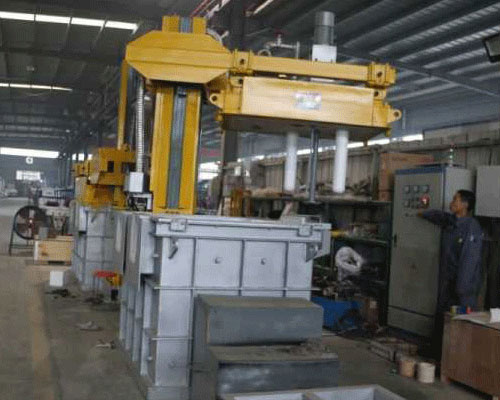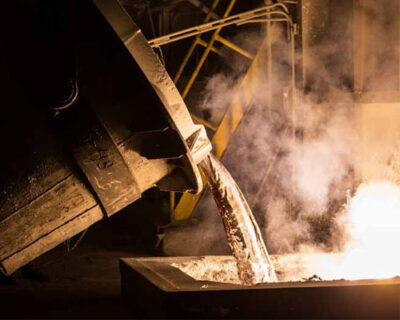The aluminum alloy casting process is very complicated. In this process, there will be some impurities in the aluminum liquid. So, what are these impurities? What method should we take to remove these impurities, and get pure molten aluminum?
Originally, the molten aluminum will only react with air to produce an oxide film, which is a single layer. However, due to various reasons such as the flow of aluminum liquid, a double-layer film is formed. There will be some gas in the middle of this substance. If it is not removed in time, the aluminum alloy product will be defective and easily rusted. So what method do we use to remove this big hidden danger?
Pure Molten Aluminum
Rotary Degassing Method
We can use the method of rotation, which allows small bubbles to move upward from the bottom of the furnace. In this way, the double film will be brought to the surface of the molten aluminum. AdTech’s rotating degassing system can achieve this effect. This degassing unit has been used by a large number of aluminum factories, and the effect is obvious. In addition, AdTech also provides solvents such as refining agents, covering agents, and oxidants to help the aluminum liquid remove gases and impurities.

Filtration Method
Another method is filtration, which is the best way to remove inclusions and double membranes. AdTech’s filter equipment, equipped with CFF filter plates. We provide 20PPI-80PPI ceramic foam filters, the size can be customized according to customer needs.

There is also the need to clean up related equipment, such as the launder. Because the aluminum liquid will pass through the casting launder. If the diversion trough is very dirty, then the aluminum liquid will definitely contaminated. The same is true for the transfer bag and the degassing rotor, which must be cleaned on time. AdTech casting launder has good thermal insulation, uses high-silicon molten material molding technology. The casting launder has strong corrosion-resistance, erosion resistance, long service life, non-stick aluminum, and no pollution to aluminum liquid.
The molten aluminum generally comes out of the melting furnace, then enters the transfer bag, holding furnace, and mold. Although there are many processes, it only takes a few seconds, which is very critical. Eighty percent of the defects of aluminum alloy castings come from this place. It is even more regrettable that many of these processes are not particularly valued.
During the pouring process, the angle and height of the burning spoon are also particularly critical. If the angle and height are not well grasped, the product will still have many defects.

